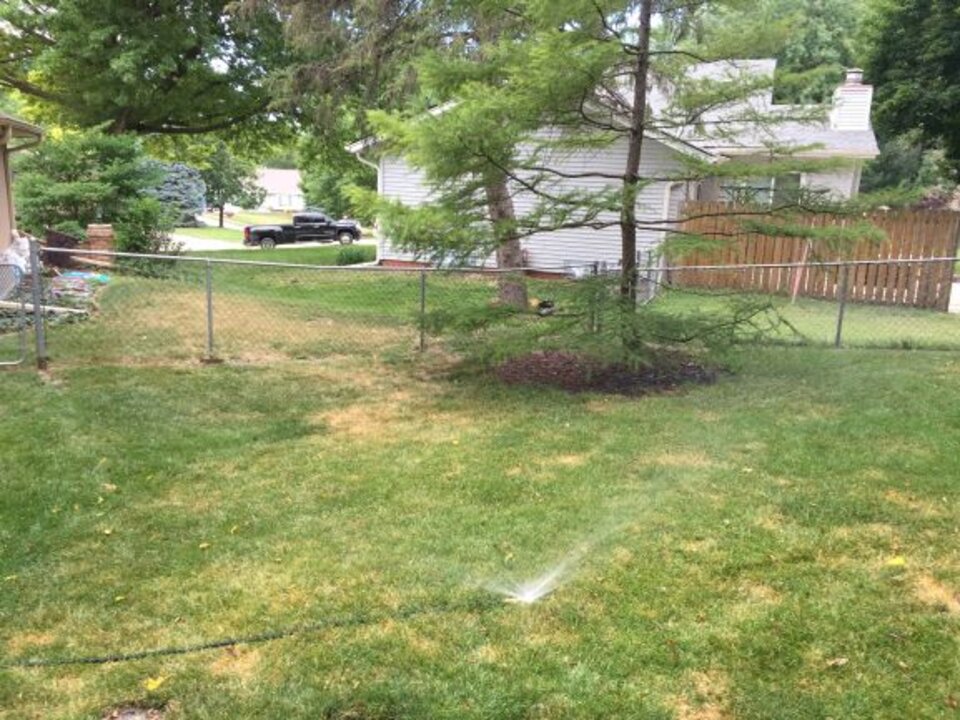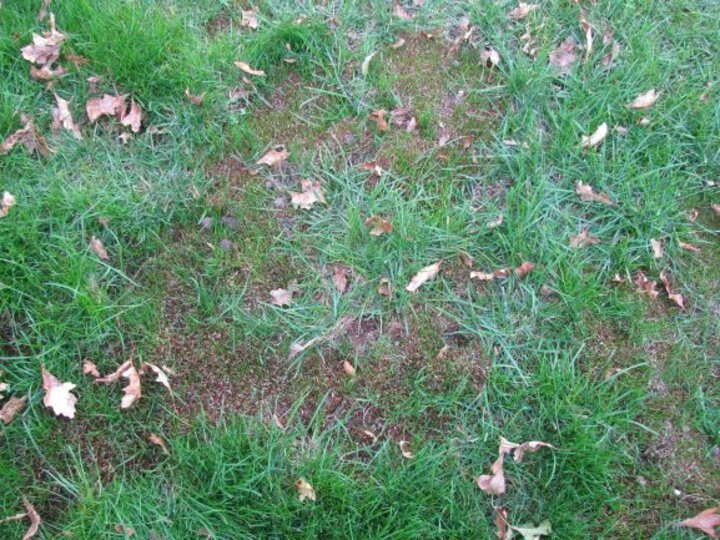Watering During Turf Establishment

If damage from voles, skunks, ice, cold temperatures or other factors have left your lawn a bit on the thin side, mid-spring is a good time to thicken up the stand. Likewise, if your landscape has a bare area due to construction or a major change, turf establishment is probably on the agenda.
After the soil temperature has warmed to 50-55 degrees F for several days, been prepared with a power rake or core cultivator, the seeds dropped onto the bare soil or opened up turf stand and raked lightly with an upturned leaf rake, the next step is water to start the germination process.
The overall objective of watering newly planted turf seeds is to keep the root zone of the seeds and new seedlings is just as it is for established lawns, to keep the soil moist, not soggy or dry. The major difference is the depth and thickness of each root system. Depending on the time of year and turf species, established lawns contain turf plants with roots that are thick and 3-10 inches deep. Newly establishing lawns are quite different; these new roots are shallow and thin and need to be cared for in a different way.
How is watering different for turf establishment? First, monitor the surface and upper inch of soil for soil moisture using a trowel or screwdriver. This helps gain insight into the size of the actual developing root system, which is small at first and grows wider and deeper over time. Usually, keeping it moist involves several light, frequent applications of water each day, typically 4-5. It’s more convenient if the turf area has an automatic irrigation system, but certainly can be done with hoses and portable sprinklers too.
In addition to probing the soil, paying attention to the weather helps too. Wind, sun, soil temperature and air temperature have a significant impact on the germination process and the drying of the soil. Windy and warm conditions usually dry out a soil much faster than cool and calm weather.

This article was reviewed by Nicole Stoner